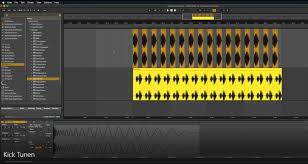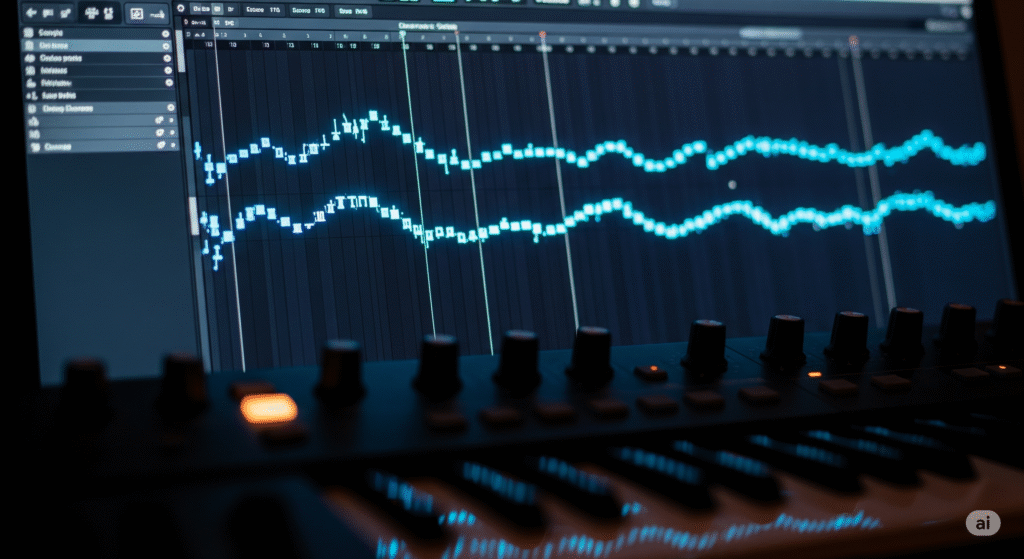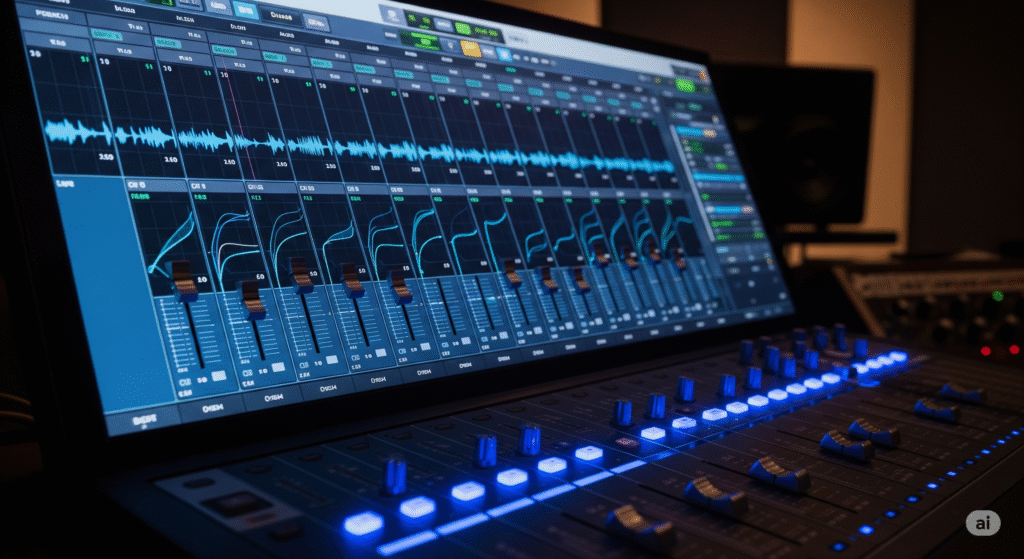A Producer’s Guide to Melodic Techno Production
Melodic techno production is an art of balance. It’s the craft of merging raw, hypnotic techno energy with soul-stirring melodies and cinematic atmospheres. For producers, mastering this genre means creating tracks that are not only powerful on the dancefloor but also rich with emotion.
This guide is your architectural blueprint. We will deconstruct the entire melodic techno production process into seven essential, actionable steps, moving from the foundational groove to the final, polished master.

Step 1: The Rhythmic Foundation – Kick & Groove
Every great techno track starts with the kick drum. For melodic techno, choose a deep, punchy kick with a strong sub-bass presence (around 40-60Hz) but a clean body. The pattern is almost always a driving 4/4. The magic, however, is in the groove created by subtle off-beat hi-hats, atmospheric shakers, and rolling percussion loops that add a layer of hypnotic shuffle.
Step 2: The Driving Force – Crafting the Bassline
The bassline is the engine room of melodic techno. It typically follows the kick’s rhythm but adds melodic complexity. Arpeggiated basslines using a simple 1/8th or 1/16th note pattern are a staple. The key is to find a powerful sub-bass synth and ensure it locks in perfectly with the kick, often using sidechain compression to create space and a pumping rhythm.

Step 3: The Heartbeat – Designing Emotive Arpeggios
This is the “melodic” core. The use of arpeggiated synth lines is the genre’s most recognizable feature. To get the classic sound, use analog-style synth sounds (from plugins like Diva or Serum) with a saw or square wave, a touch of filter cutoff modulation, and plenty of delay and reverb. The key to a successful melody in melodic techno production is simplicity and repetition, allowing a simple motif to evolve over time. For inspiration, many producers turn to tutorials from resources like Attack Magazine.

Step 4: The Atmosphere – Building Lush Soundscapes
This is what gives the genre its epic, cinematic feel. Use long, evolving pads and subtle background textures to create a sense of space and depth. Layer multiple pads, automate their filter and volume, and drench them in spacious reverb. The goal is to create a living, breathing soundscape that surrounds the core rhythmic and melodic elements.
Step 5: The Arrangement – A Journey in Tension & Release
A successful melodic techno track is a journey. The arrangement should build tension methodically and provide powerful moments of release. A typical structure includes:
- A long, DJ-friendly intro (64 bars) that slowly introduces elements.
- The first breakdown, which introduces the main melody or arp.
- The main drop, where the full energy of the kick and bass returns.
- An extended main section where elements evolve and modulate.
- A final, epic breakdown and a powerful concluding drop.
- A long, mixable outro.
Step 6: The Mixdown – Creating Clarity and Power
A clean, powerful mix is non-negotiable. The biggest challenge in melodic techno production is balancing the powerful low-end of the kick and bass with the delicate melodic elements. Use surgical EQ to carve out space for each instrument and use automation to bring elements in and out, creating a dynamic and exciting mix.

Step 7: The Final Polish – Mastering for Impact
Mastering is the final quality check. Its goal is to make your track sound loud, clear, and powerful on every system, from club PAs to laptop speakers. This involves final EQ adjustments, stereo widening, and transparent limiting. Achieving a professional, competitive master is a discipline in itself. To ensure your track is ready for the world’s best labels and DJs, consider using our Professional Mixing and Mastering Services. For those who want to fast-track their success, our catalog of exclusive Melodic Techno Ghost Productions provides an instant strategic advantage.

